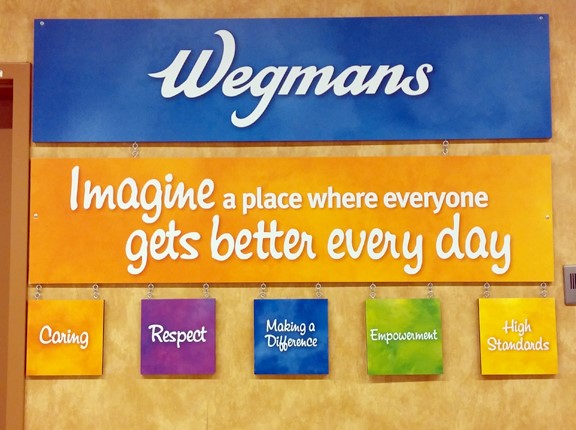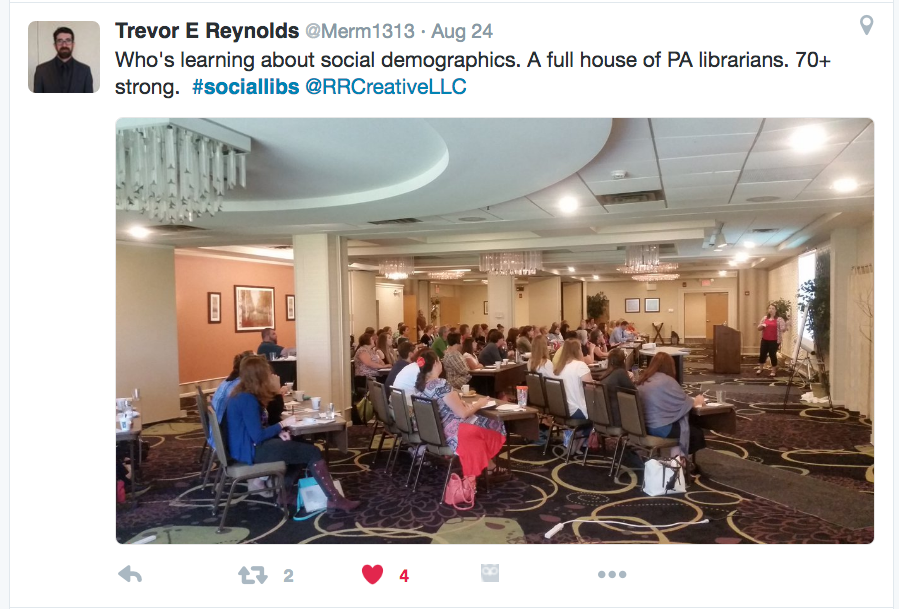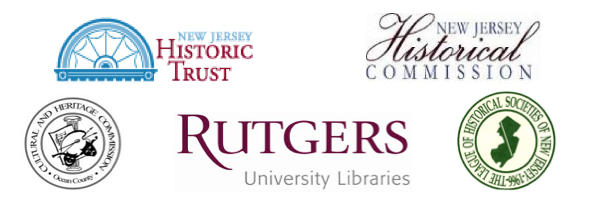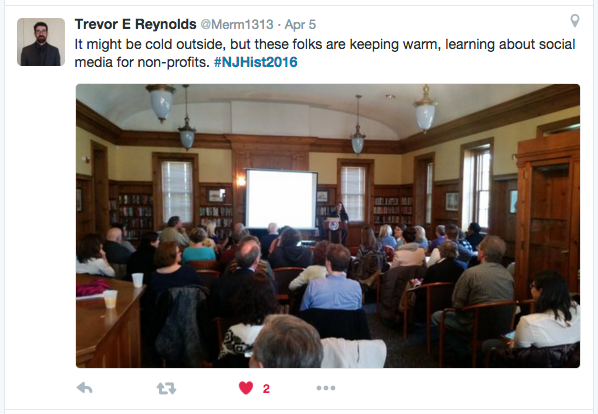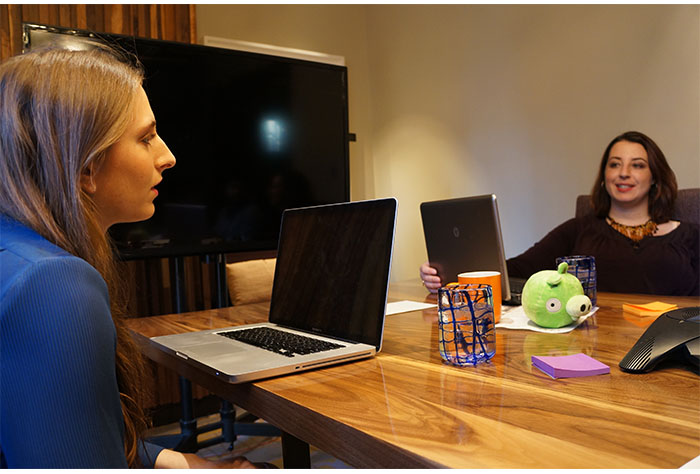Think Big and Start with the Why
It’s difficult to get anything done without planning in advance. You can say “I’m gonna lose 10 lbs” or “I’m going to take a month off to travel” but you most likely won’t get there without taking a step back, thinking about how to accomplish it, and making a realistic plan. The same rules exist in business.
The first step: Start with the why. Why do you want to lose weight? Why do you want to travel? To achieve your goals, you must be really clear about what’s motivating you. You’re going to need to find the willpower and the drive to continuously push yourself toward your goal. So you’ll need to always remember why. Ask yourself why until you identify the true reason deep down that is motivating you. Maybe you want to lose weight so that you are ultimately a healthier person. Fitting into those jeans from college may be a strong motivator, but feeling good emotionally because you are more physically fit may be closer to why you really want to lose weight. Constantly remind yourself of that “why.” Simon Sinek gave a great TED Talk about the importance of “why” that you can watch for inspiration.
Once you understand why, don’t be afraid to think big. Eventually, you’ll break your goals down into smaller, more digestible pieces — objectives that will be realistic for your specific life and business needs. But from the start, you should aim high and think big. Don’t sell yourself short! Remain true to yourself and true to your passions. If you set yourself out to achieve a sweeping goal that only so-so aligns with your interests, it going to be that much harder to push yourself to achieve that goal. So find a goal that motivates you and gives you something to work towards.
The best part of all of this: If you start with the why and really think big, then your business goals will naturally align with your personal passions and you’ll be one step closer to creating a mission-driven business. Empower yourself with a mission. It’s much easier to come to work if you’re accomplishing more than a bottom line. And if you’re the one setting the goals, then you’re able to be your own boss. Which is a great goal, isn’t it?

